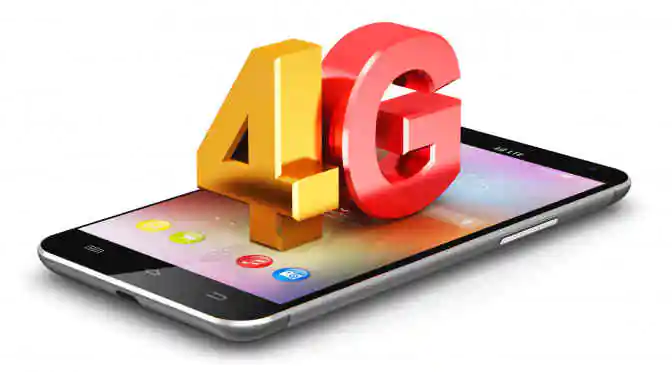With the high proliferation of smartphones and tablets in all nook and corners of the world, the need for fast, reliable and scalable mobile communication networks is immense today. Fortunately, a number of big name telecommunication companies and smartphone brands are working on this problem, and seeking to bring in innovative new communication technologies that are fast, precise and better than the currently available options.
Telecommunication networks across the planet have evolved at a quick pace. From the first generation of internet technology which supported only voice communication, to the modern technology called 4G or LTE that offers a number of voice-data options and is 5x times faster in terms of internet speed when compared with its predecessor – 3G, the rate of innovation has been brisk. And, just like an unstoppable juggernaut, the innovation isn’t stopping at 4G.
Still, 4G is an undisputed success story. Already exceeding one billion subscribers, 4G is slated to account for a third of all mobile connections by 2020. Alongside this detail, industry experts at Technavio also add that 4G technology in devices such as smartphones, mobile broadband modems and tablets will reach 100% penetration by 2020. World domination completed!
Future possibilities with 5G networks
Today, smartphone manufacturers are extremely quick to adopt any upgrade in mobile telecommunications network technology. This can be illustrated in terms of the quick transition from 3G to 4G enabled devices when the latter was first introduced. The same modus operandi is expected to be repeated when the 5G network will be introduced.
 The promise of 5G is enormous. It’s being seen as the technology that will enable more people to use the internet for day-to-day tasks. Early estimations predict that 5G can deliver upto 100 times the speeds customers are currently accustomed to with 4G LTE phones. Plus, it can also accommodate many more devices in the network, thanks to the wide scale implementation of Internet of Things (IoT).
The promise of 5G is enormous. It’s being seen as the technology that will enable more people to use the internet for day-to-day tasks. Early estimations predict that 5G can deliver upto 100 times the speeds customers are currently accustomed to with 4G LTE phones. Plus, it can also accommodate many more devices in the network, thanks to the wide scale implementation of Internet of Things (IoT).
At the Mobile World Congress, which was held in February 2017 in Barcelona, ZTE launched its ZTE Gigabit Phone – the first smartphone in the world that is ready for 5G networks. ZTE claimed that the phone’s maximum download speed is 978.10 Mbps, which is the closest to 5G speeds that have been predicted thus far.
With 5G a while away, 4G is still top-dog
While 5G is undoubtedly the future, if one looks at it purely from an internet user or a smartphone user’s perspective, the plot will be confusingly lost. 5G is still a little while away in the future – 2022 is when researchers are expecting 5G to go mainstream. Meanwhile, emerging technologies such as virtual reality (VR) and augmented reality (AR) have already started penetrating 4G devices such as smartphones and tablets, thereby presenting a plethora of opportunities for the hardware vendors to incorporate these emerging technologies in their product portfolio and exploit the 4G device market to its fullest, and be ready for the market’s next iteration. Meanwhile, the 5G era waits in the wings.
Well begun is half done, right?



